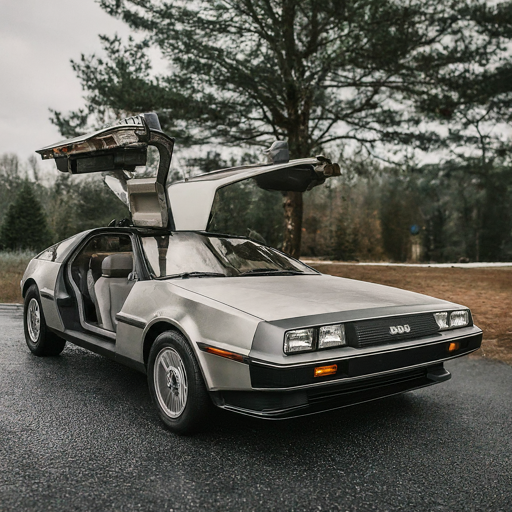
80s delorean
The DeLorean DMC-12, often simply referred to as “the DeLorean,” is a car that needs no introduction. Immortalized in the ‘Back to the Future’ movie franchise, this time-traveling machine has seared itself into popular culture. But beyond the silver screen’s glitz and glam, the DeLorean company experienced a harsh reality ending in failure. Let’s delve into why that happened.
**Poor Performance and Quality**
Despite its futuristic design and unique stainless steel body, the DeLorean was far from perfect. The PRV (Peugeot-Renault-Volvo) engine it used was neither powerful nor reliable, which led to lackluster performance that failed to deliver on its sports car image. Also, its unique non-painted stainless steel body required specialized care for maintenance and repair.
**High Cost**
The initial projected price for the DeLorean was $12,000 — hence its name DMC-12. However, by the time it hit the market in 1981, inflation and cost overruns had driven the price up to $25,000 (nearly $70k in today’s dollars), putting it out of reach for many potential buyers.
**Company Management**
John Z. DeLorean’s management style was often criticised. He is said to have focused more on seeking publicity rather than overseeing production quality or controlling escalating costs. Coupled with his legal troubles involving a highly-publicized drug trafficking case in 1982, these factors tarnished not only his image but also that of his eponymous car company.
**Economic Conditions**
The early 1980s were marked by economic uncertainty with a recession hitting both the US and UK economies hard. This made consumers reluctant to make big-ticket purchases like sports cars.
**Production Delays**
While initially promising, production of the DeLorean was plagued with delays. By the time the first production units rolled out in 1981,the market was already saturated with similar sports cars from established brands such as Porsche and Chevrolet. This reduced the DeLorean’s novelty and potential market impact.
In conclusion, while the DeLorean DMC-12 holds a certain nostalgic fascination as a cultural icon, its downfall serves as a cautionary tale for businesses. It illustrates that success hinges on more than just innovative design or publicity stunts. Sound management practices, quality control, timely product delivery, and a keen awareness of market conditions are equally, if not more important, to achieve sustainable success.
Despite its failure, the DeLorean story continues to inspire entrepreneurs and dreamers alike. It is a potent reminder of what can happen when we dare to imagine big – even though reality might not always match up to our dreams.